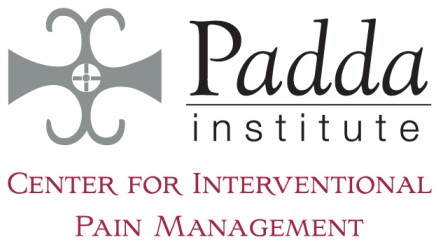Summary: A new study found that chronic low back pain is more common than thought earlier. It also found that most of those living with low back pain (84%) are unsatisfied with their treatment. Moreover, it appears that in one-third of cases, doctors fail to identify the cause of low back pain resulting in poor treatment outcomes.
Chronic low back pain (CLBP) is the leading cause of chronic pain and disability in the world and the US. Studies show that it is more common than thought earlier. Further worrisome are the findings that there is a lack of consensus regarding how to treat CLBP, resulting in poor treatment outcomes.
Now, a new study shows that more than 72 million Americans are living with CLBP. These numbers are massive. It appears that the condition is underreported, as many do not seek treatment for the condition. These figures mean that CLBP is more common in the US than diabetes, arthritis, or heart disease. These were the findings of the new Harris Poll.
The study found that 36% of these people are living with severe and debilitating back pain. They often describe the pain as the worst possible pain. And half of those experiencing CLBP pain have reported multiple episodes of low back pain in the last five years.
This study was sponsored by the company Vertos Medical. It was an online survey of 5000 adults. Vertos Medical produces medical devices for treating low back pain. The study had many other worrisome findings. For example, it found that in one-third of cases, doctors did not tell their patients the cause of CLBP. The study also found that most patients were not satisfied with the treatment quality. Thus, 84% of patients said they wished they were better treated. This highlights the need for better sciatica pain management.
The study shows that CLBP affects a large number of adults, and many of them have accepted low back pain as a part of their life, and they have lost any hope of getting good treatment. Researchers say that the fact that in one-third of cases, doctors could not tell the cause of low back pain shows that they are struggling to treat the condition.
This is not the first study to show that CLBP is more common than imagined and that it isn’t treated well in many. There are more than 540 million people living with CLBP globally. A study published in The Lancet in 2018 shows that most cases of low back pain are not treated well. There is a significant lack of consensus on how to treat CLBP. Doctors often retort to treatments not shown to help, like risky surgeries and prolonged use of painkillers that do not seem to help.
The Harris Poll further confirmed the early findings. It found that most patients living with CLBP are not satisfied with their treatment. Doctors often provide ineffective therapies, and patients continue to suffer. That is why most patients with CLBP seek help from multiple healthcare providers, with an average of 4 office visits per year.
Further, the study found that epidural steroidal injections (ESIs) are pretty common for back pain. About 20% of poll participants reported having ESIs, and most had multiple injections. Unfortunately, though steroid injections are good for various joint aches, they are not of much help in low back pain. Therefore, US FDA does not approve ESIs for treating low back pain and warns that it may cause severe complications like loss of vision, stroke, and paralysis.
About one-third of the patients living with CLBP reported that they were prescribed opioids, and about 15% were still using them at the time of the survey. Though opioids are not regarded as good for treating CLBP, they are pretty effective. Interestingly, the study found that opioids were among the most effective treatments for managing CLBP and were slightly better than “conservative or eastern medicine.”
More than half of those living with CLBP said low back pain significantly impacted their quality of life, physical health, and mental well-being. However, since most are unsatisfied with the treatment, thus the study found that about 78% have accepted CLBP as a part of their life.
It is our mission to bring real hope and transformational change to patients who would otherwise be consigned to a lifetime of medications, doctor’s visits, and suffering. We expose misaligned incentives and return the power of health to the individual. We believe empowered individuals change their communities. We use a combination of lifestyle intervention, medication management, and emerging scientific research to help our patients. When you are ready or have questions, reach out. Medical Disclaimer: Keep in mind that the content provided is not direct medical advice for patient care, but is provided for thoughtful discussion.




